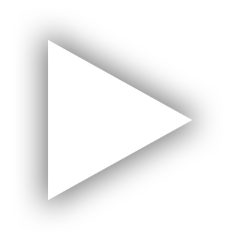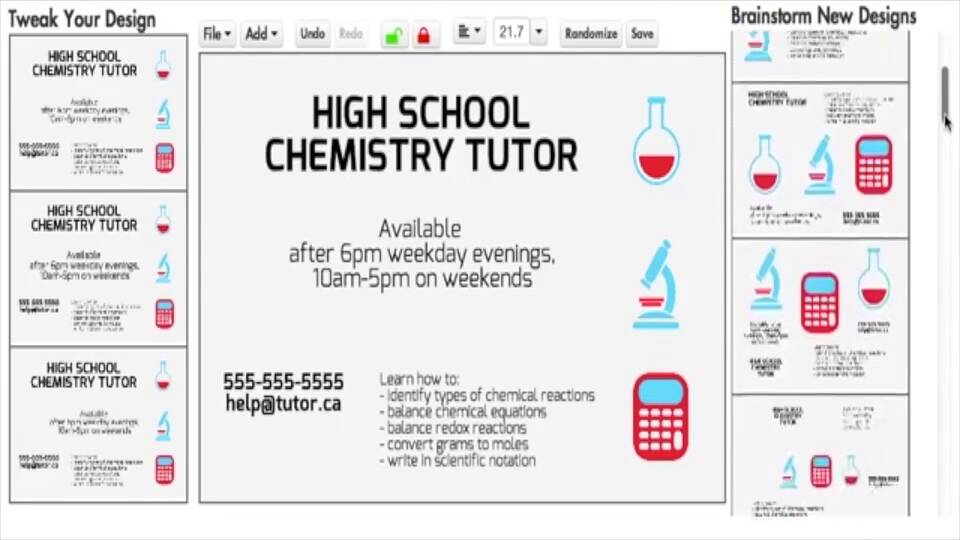Best Website Builder
I test every website builder so you don’t have to. These are my rankings of the best website builders in 2025.
Our work is supported by affiliate commissions. Learn More
Our work is supported by affiliate commissions. Learn More
By Steve Benjamins | Updated Nov 25 2022
Let’s get this out of the way: AI’s impact on web design has been overblown. Designers won’t be replaced by anthropomorphized AI bots named Molly and Sacha— at least not anytime soon.
But hyperbole shouldn’t dismiss promise. Web design is a complicated, creative process with sub-problems that AI can address.
I talked to Peter O’Donovan, a design intelligence researcher at Adobe. He shared a few potential solutions to some of these sub-problems. That’s what this article is going to explore.
Exploration— trying different layouts in order to see how they feel— is a critical but labor-intensive part of design. Donovan created Designscape, a tool that helps designers with exploration.
Designscape uses a subset of AI called machine learning to suggest layout variations— letting designers shuffle through alternative designs as a way to explore and brainstorm.

Designscape re-arranges elements to suggest alternative designs (right column).
Choosing a font is intimidating— the wrong font can lead to ridicule. At the same time, the interface for choosing fonts has never changed. It’s always been a dropdown:

But machine learning could suggest fonts— especially if the intent and aesthetic behind the design is known
For example, a designer with a preference for clean layouts (aesthetic), working on an architecture website (intent) might be suggested Helvetica or Gotham:

Knowing intent and aesthetic preference is critical to making a suggestion.
Choosing colors is another difficult design problem. I’ve been designing websites for fifteen years and choosing a color still intimidates me.
But if we know the intent (example: wedding website) and aesthetic (example: muted) a color picker powered by machine learning should be able to make intelligent suggestions.
These are nice examples— but I heard AI bots that fully design websites are coming?
Maybe one day, but not anytime soon.
The Grid is the most well-known company promising this. It generated enormous hype by promising an AI website builder named Molly that “could design websites from scratch.” It was covered by Wired and Forbes. Fast Company called it “the website of the future.”
Unfortunately The Grid has been a total flop. It ranks dead last in customer satisfaction among website builders:

The Grid demonstrated a strong public desire for AI website builders— so other website companies have followed suit to get that label of “easiest website builder”.
Wix launched ADI, an “Artificial Design Intelligence” tool, in 2016. They claimed it would “set a new standard for web design.”
But two years later, their goals seem much more modest. Mostly ADI is used as a way to personalize existing templates. Nitzan Achsaf, Head of Wix ADI told me he sees AI as more of “a means-to-an-end and not the end.”

Jimdo— another website company— launched what they call an “innovative AI system” called Dolphin that creates a full customized website in 3 minutes.
But like ADI, Dolphin is mostly a personalization wizard— it customizes website templates with personalized content:

Sure. But the truth is, creating an AI bot that takes over design is really, really hard.
Part of the problem is it’s difficult to understand the structural semantics on any webpage. Ranjitha Kumar, professor and creator of Webzeitgeist, explained to me that “the web is a mess. Even though a web pages DOM is a structured document, it’s very difficult to infer the structural semantics of what is being presented.”
Basically it’s remarkably hard to tease out meaning from a design. Is a wide DIV container with a background image and text a hero image or just a regular content section?
In Ways To Think About Machine Learning, Benedict Evans explains that in the 1950s people imagined all-purpose, humanoid robots doing housework— but what they actually got was specialized appliances: washers and dryers.
He could have just as easily been talking about AI and web design.
One day AI bots may completely replace designers— but that day is not here yet. In the meantime, there are promising ways that AI could help designers and make their job less labour intensive.













